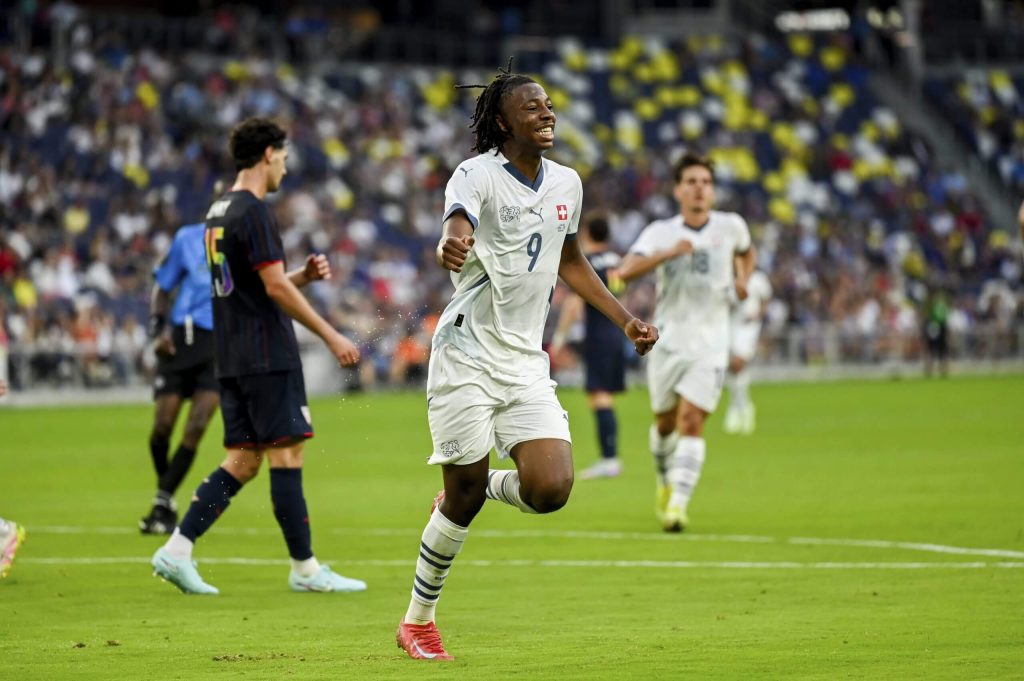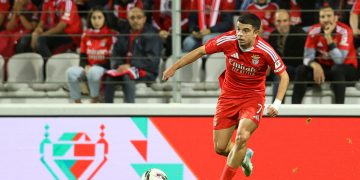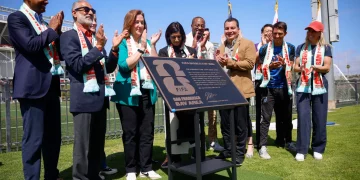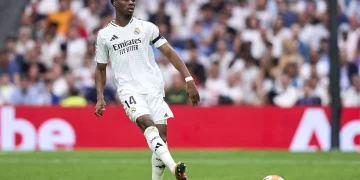Build-up Play Passing Networks
In recent editions of the Club World Cup, one tactical trend has become unmistakably clear: left-footed center backs are not just present—they are dominating the defensive lines of the continent’s top teams. This rise is intricately tied to the evolving demands of build-up play, where ball progression from the back is no longer a simple clearance or long ball but a nuanced orchestration of passing networks aimed at controlling possession and breaking pressing traps.
Left-footed center backs bring a natural advantage in these passing networks, primarily due to the angles their dominant foot creates when playing out from the back. With the ball typically entering a team’s defensive zone on the right flank or central area, a left-footed defender on the left side of center can more comfortably and accurately distribute passes both down the left channel and into central midfield. Their body orientation facilitates a smoother first touch, quicker decision-making, and a wider range of passing lanes, making them key initiators in a possession-based system.
Teams competing in the Club World Cup have increasingly emphasized this left-side build-up role, using left-footed center backs as pivot points to switch the play and dismantle opponent pressing patterns. Data from passing networks in recent tournaments shows that these players often have higher completion rates on progressive passes and key passes originating from deep defensive zones. Coaches rely on them not only to bypass the first line of pressure but also to connect seamlessly with left fullbacks and midfielders, enabling fluid, multi-phase attacks that are difficult to disrupt.
Defensive Angle Advantages
Beyond their contribution to attacking build-up, left-footed center backs offer significant advantages in defensive positioning and angle management. Defending is as much about body orientation and spatial awareness as it is about physicality, and the dominant foot plays a crucial role in how defenders engage attackers and close down dangerous spaces.
A left-footed center back positioned on the left side can more naturally align their body towards the opponent’s preferred attacking channels, often funneling attackers into less threatening areas or towards supporting teammates. Their stance and footwork allow quicker pivoting to intercept passes or block shots with their stronger foot, improving reaction time and defensive efficiency.

Furthermore, in aerial duels and one-on-one situations, left-footed defenders can leverage their stronger foot for clearances and controlled distributions under pressure, reducing the risk of costly turnovers near the goal. This ability to “angle” defenses correctly—cutting off passing lanes and maintaining compactness—is vital in high-stakes matches like those in the Club World Cup where small margins determine outcomes.
Scarcity Economics in Transfers
The tactical premium on left-footed center backs has translated into a fascinating economic phenomenon: scarcity economics in transfers. Genuine left-footed center backs with elite-level technical and defensive skills are rare in the global football market, which inflates their demand and market values disproportionately compared to their right-footed counterparts.
Clubs competing in the Club World Cup have increasingly targeted these players in transfer windows, recognizing their strategic value for both current success and long-term team building. Transfer records over recent seasons show rising fees and competition for top left-footed center backs, who are viewed as “game changers” capable of fitting into complex tactical systems and boosting team cohesion.
This scarcity creates a feedback loop: fewer left-footed defenders are available, which drives up prices and incentivizes clubs to invest heavily in scouting and youth development focused on identifying and nurturing left-footed talents early. Consequently, teams with access to quality left-footed center backs enjoy a competitive edge, as they can execute sophisticated build-up plays and maintain defensive solidity simultaneously.
The Club World Cup stage has amplified these transfer market dynamics by providing a global showcase for such players, increasing their visibility and desirability. As a result, the tournament serves as both a proving ground and a marketplace highlight, accelerating the trend of left-footed center backs dominating lineups and tactical plans.
In conclusion, the dominance of left-footed center backs in the Club World Cup stems from a blend of tactical innovation in build-up play, defensive angle advantages, and the economic reality of scarcity in the transfer market. Their unique ability to integrate into modern possession systems while providing defensive stability makes them indispensable assets in today’s elite football landscape. As teams continue to refine strategies in high-profile tournaments, the premium on these players is only expected to grow, reshaping defensive recruitment and tactical paradigms worldwide.


































Discussion about this post